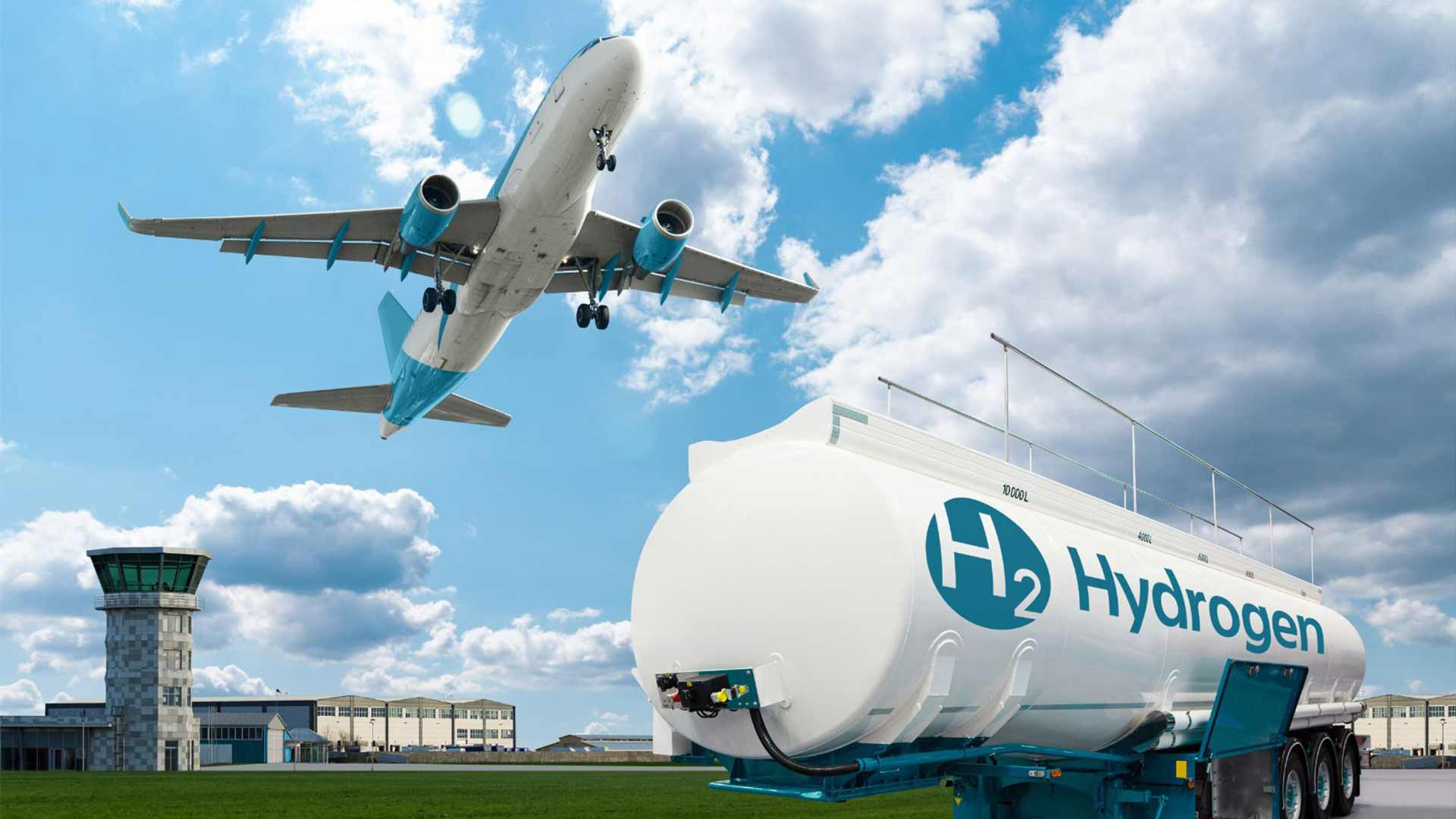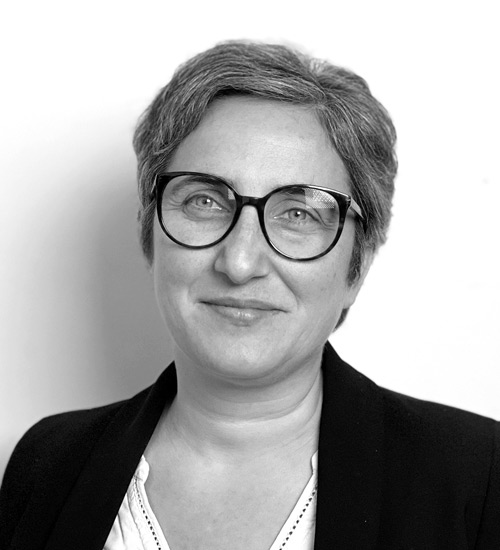
Groupe ADP operates to date 28 airports worldwide and gathers under its name the airports of the French capital, Paris-Charles de Gaulle, Paris-Orly and Paris-Le Bourget. To reduce carbon emissions, the air mobility sector in Paris Region is gravitating towards greener energy solutions to fuel their operations, such as hydrogen. Many air transport stakeholders and airport operators, such as Groupe ADP are working on strategies to introduce H2 as an efficient alternative to fossil fuels in all levels of airport activities. In this interview, we talked to Blandine Landfried, Head of Climate and Sustainable Air Transport, in charge of Hydrogen Program at Groupe ADP, who unveiled the process of turning Paris Region’s largest airports into operational H2 hubs.
What impact will the shift to hydrogen have on your company's CO2 emissions?
The challenge is to decarbonize the airport's activities, including those of its stakeholders (airlines, flight attendants, handlers, etc.). A global ecosystem needs to be built and the transition phases will be challenging. But in the end, hydrogen will be an energy vector for land mobility including taxis (H2 refuelling station operated at Paris-Charles De Gaulle and Paris-Orly since 2017), heavy mobility such as buses, trucks, and aircraft ground assistance as well as for air transport because hydrogen can be an alternative source of energy for airplanes.
To meet this challenge, airports must become H2 Hubs capable of distributing hydrogen, in large quantities and at competitive prices. The airport has a key integrating role to play.
Which are the key technologies you expect to use in 2030 / 2050?
Turning the airport into H2 Hub will be a step-by-step process.
The first step is to develop territorial ecosystems for H2 within our airports by implementing it on our platforms (Paris-Charles De Gaulle, Paris-Orly, Paris-Le Bourget) new H2 stations, while also enabling the development of H2 ground usages mainly for heavy mobility (trucks, utility vehicles, ground handling equipment etc.). In February 2021 Groupe ADP launched a call for expression of interest – "H2 Hub Airport" with Paris Region, Air France-KLM and Airbus. This call for expression of interest enabled the air transport partners to understand the potential of an airport hydrogen industry. In addition, it was also possible to qualify eleven projects that could define a hydrogen ecosystem adapted to the specificities of airports – itself prefigured by the territorial ecosystems being developed on the platforms.
Groupe ADP is also already working on adapting airport infrastructures to match the industrial hydrogen processes required by H2 aircrafts. Indeed, Groupe ADP, Airbus and Air Liquide have been cooperating to define the logistics scheme that is best adapted to overcome airport challenges throughout the hydrogen value chain (production, transport, storage, liquefaction etc.).
According to your company, in a few words, what are the main characteristics of the hydrogen ecosystem in Paris Region?
Paris Airports, with their own energy transition challenges, combined with those of their territories and all the stakeholders in the airport and air transport ecosystem, have many assets to become catalysts for the development of hydrogen in Paris Region.
Our objective is to develop a common territorial hydrogen strategy through a consultation with all the territorial authorities, to understand their needs and challenges.
At each stage of the development of hydrogen, cooperation between territories and airports could facilitate the scale-up, whether it is for storage, distribution, transport, or the circular economy.
The development of hydrogen hubs also opens prospects for economic growth and diversification, industrialization, local employment, and training around these new energy sectors.
Subscribe to the Cleantech newsletter
Choose Paris Experts

Sevinç Ar
Smart City & CleantechExpert

